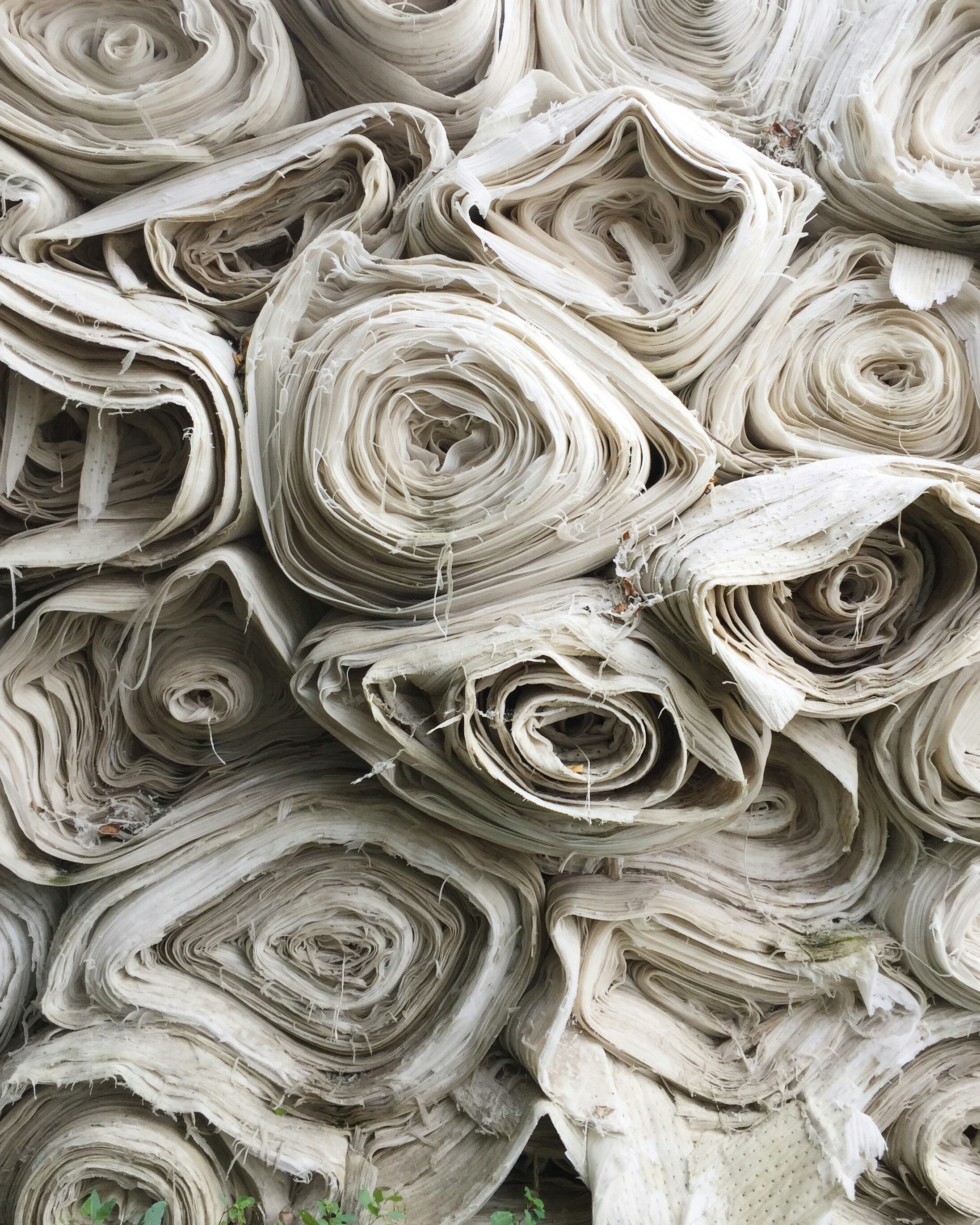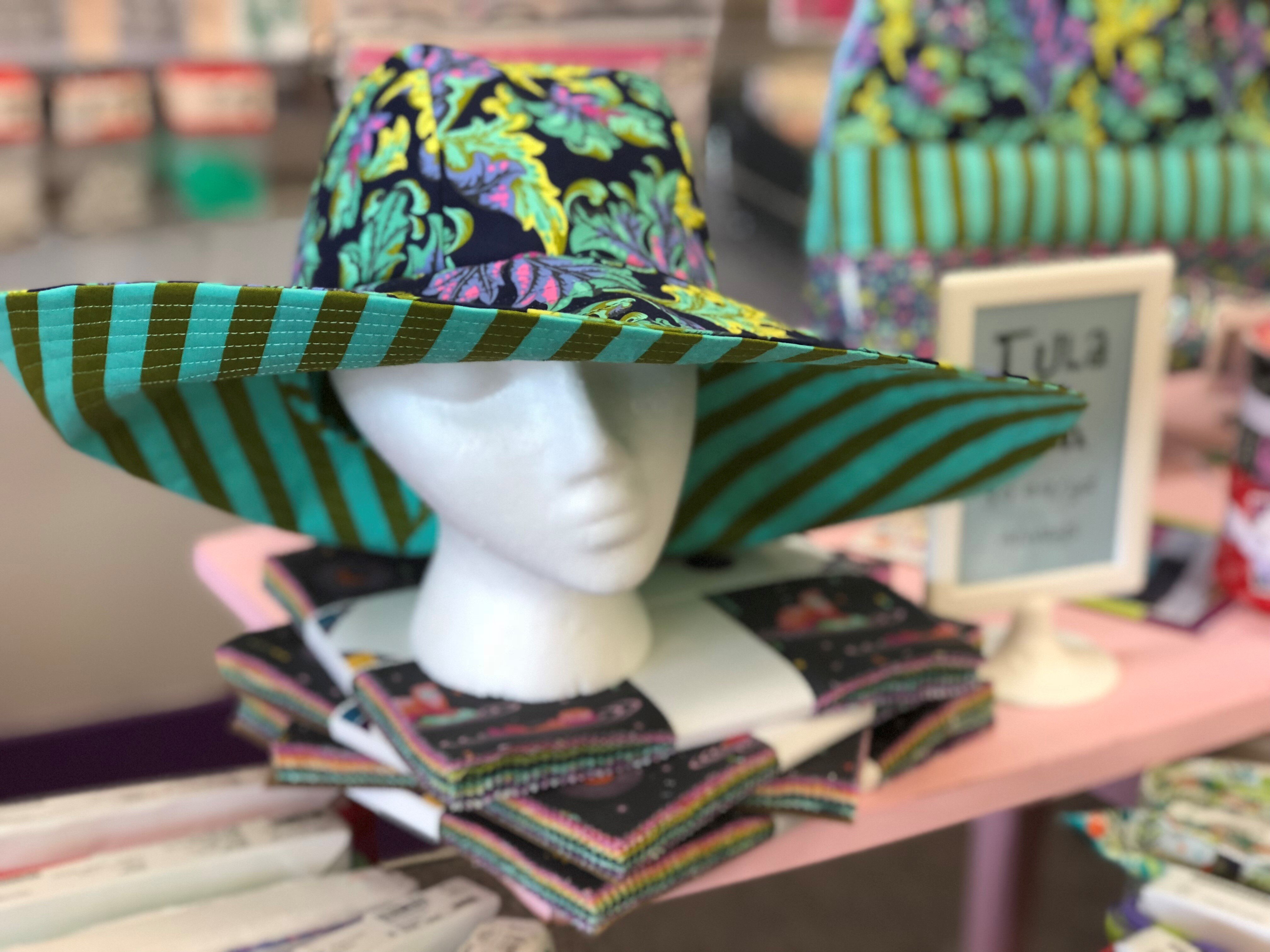Choosing the Right Batting for Your Quilt: Batting Types and Their Uses
When it comes to quilting, choosing the right batting can make all the difference in how your finished project looks, feels, and holds up over time. Whether you're making a cozy bed quilt, a lightweight wall hanging, or a sturdy tote bag, understanding different batting types and their uses will help you make the best choice. Let’s dive into the world of quilt batting and explore the options available to you!
Natural vs. Synthetic Batting
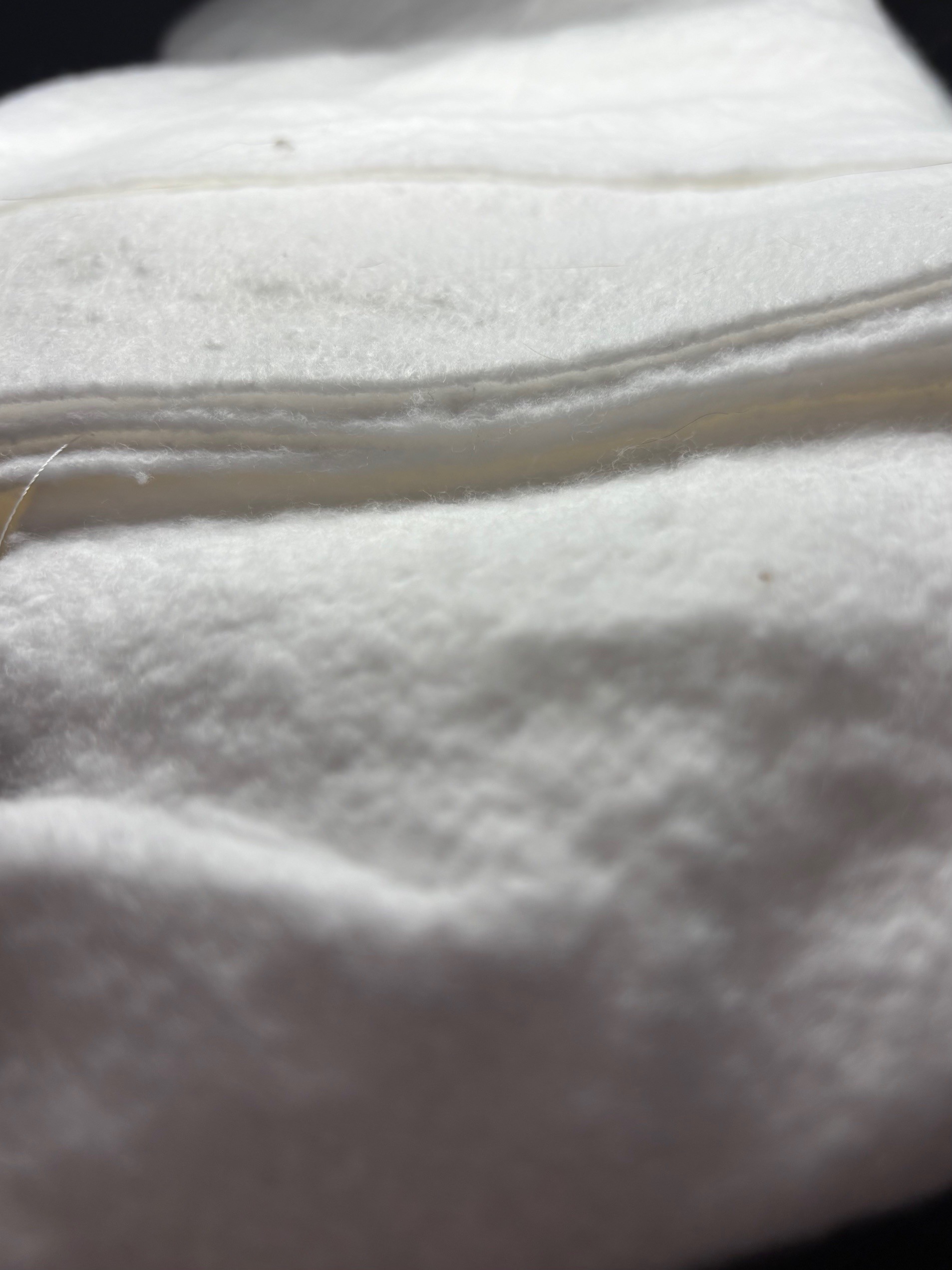
One of the first decisions to make is whether to go with natural or synthetic batting. Each has its own advantages, depending on the type of project and the level of softness, warmth, and durability you need.
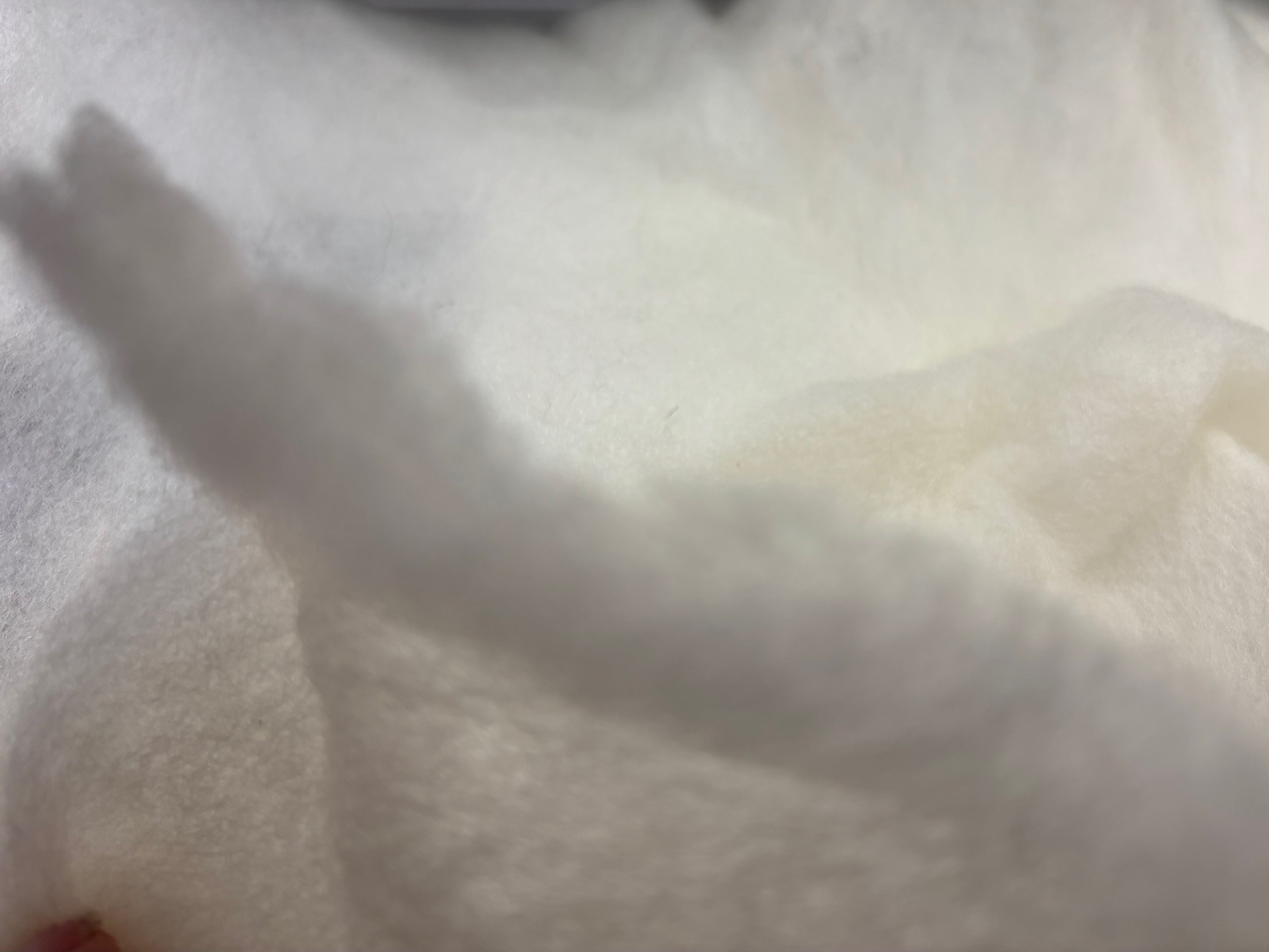
-
Natural Batting – Made from fibers like cotton, wool, or bamboo, natural batting is known for its breathability and softness. Cotton batting is a favorite among quilters for its traditional feel and easy stitching. Wool batting, on the other hand, is warm and springy, making it great for winter quilts. Bamboo batting is eco-friendly, lightweight, and has a lovely drape, perfect for delicate projects.
-
Synthetic Batting – Polyester batting is the most common synthetic option. It’s lightweight, resists shrinking, and holds up well to washing. It also retains its shape better than cotton, making it a good choice for projects that need extra stability, such as bags or table runners.
Understanding Loft and Thickness
Loft refers to the thickness and fluffiness of batting. Choosing the right loft is important for achieving the desired look and function of your quilt or project.
-
Low Loft – Thin batting and 2 ply cotton flannel create a flatter, more traditional quilt appearance. It’s ideal for machine quilting and projects like placemats, wall hangings, and table runners where bulkiness isn’t needed.
-
High Loft – Thicker and puffier batting that adds dimension and warmth. This type is best for tied quilts, comforters, and projects that require extra cushioning, like pet beds or baby quilts.
-
Choosing Batting for Other Projects
Quilting isn’t just about making bed quilts! Here are some great batting choices for different sewing projects:
-
Table Runners & Placemats – Low-loft cotton or polyester batting works well since it provides structure without excessive bulk. Fusible batting is also a great choice, as it stays in place and makes assembly easier.
-
Bags & Totes – Sturdier batting like foam or high-loft polyester gives bags a firm structure while remaining lightweight. Cotton batting can also be used for a softer feel.
-
Wall Hangings & Art Quilts – Low-loft batting (cotton, bamboo, or fusible) helps keep wall quilts flat and prevents distortion over time.
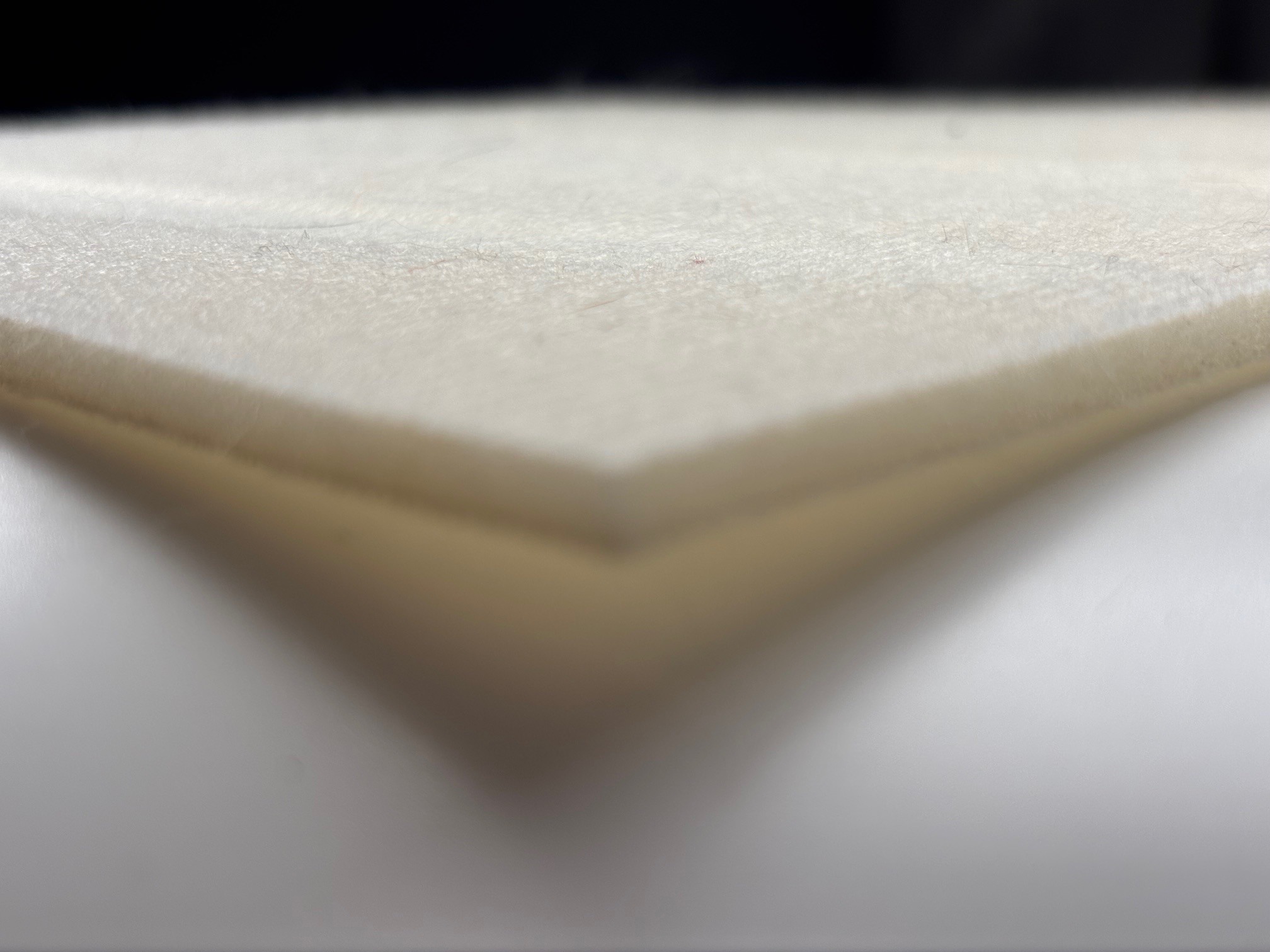
Wear and Tear: Durability Matters
The longevity of your quilt depends on how well the batting holds up over time. If you’re making a quilt that will be washed frequently, choose a batting that resists shrinkage and maintains its shape.
-
For Everyday Use Quilts – Cotton-polyester blends provide a balance of softness and durability, making them perfect for quilts that see a lot of wear.
-
For Heirloom Quilts – 100% cotton or wool batting creates a classic look and feel but may require more delicate care.
-
For Baby Quilts – Hypoallergenic and soft batting like bamboo or low-loft polyester ensures comfort and easy washing.
Final Thoughts
Choosing the right batting is essential for bringing out the best in your quilting projects. Whether you’re looking for warmth, durability, or a specific look, understanding different batting types and their uses will help you make an informed decision. With the right batting, your quilts and sewing projects will not only look beautiful but also stand the test of time!
Have a favorite batting type? Share your experiences in the comments below—we’d love to hear what works best for you!

 By
By
.jpg)
